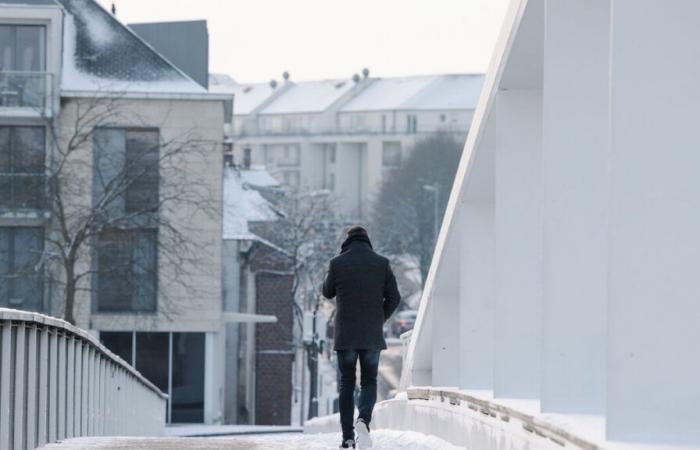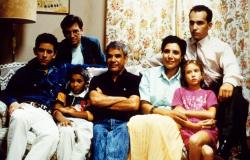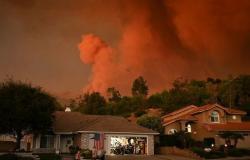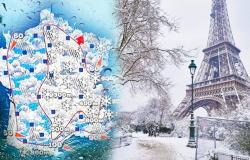
The anticyclone that has settled over France since last week will give way. At the start of next week, from Tuesday, a disturbance should arrive in the French sky. In addition to rain, it should be accompanied by a notable drop in the thermometer and snow in the mountains.
The reason for this change is the formation of a cold drop. As shown in this animation provided by Keraunos, the French observatory for tornadoes and violent storms, it was expected to arrive from northern Europe then central Europe.
A cold drop is an altitude depression. It is an isolated cool air mass in the middle of a significantly warmer air mass. This conflict is a source of bad weather, which can sometimes be violent. It is this phenomenon which was at the origin of the dramatic floods recently suffered by Spain. Furthermore, its behavior is erratic since a cold drop evolves away from the dominant air currents, hot in the South and cold in the North of the hemisphere, which makes forecasting complicated.
As this cold drop will come from the East and rotate counterclockwise, it will bring cool air from Eastern Europe. This will cause a notable drop in temperatures, which should fall below seasonal averages. This situation should at the same time put an end to the recurring fog in the northern half of France with air of continental origin, and no longer oceanic.
Concerning precipitation, uncertainty remains for the moment due to the unpredictable nature of the cold drop. But regular and widespread rains in all or almost all regions could affect the country from Tuesday, according to preliminary trends from Météo France. “The activity of precipitation and their location would directly depend on the exact position of the cold drop, which is impossible to define at the moment. In all cases, we must expect very abundant clouds carrying intermittent precipitation, possibly more active towards the reliefs,” details the specialized site Météo-Villes.
These bad weather conditions in the mountains are expected to lead to snowfall due to the drop in temperatures. The Alps and the Pyrenees are currently snowless or almost snowless below 3,000 m. And again, above this altitude, the quantity is low for this time of year. The Weather Channel estimates that the demarcation between rain and snow could be located at “1,100 m altitude of the Vosges in the center-east, and from 1,300 m to 1,500 m when arriving in the Pyrenees”. “From the Jura to the Northern Alps and the northern slopes of Auvergne, 10 cm to 20 cm of fresh snow could fall at 1,500 m,” adds the specialist media.





